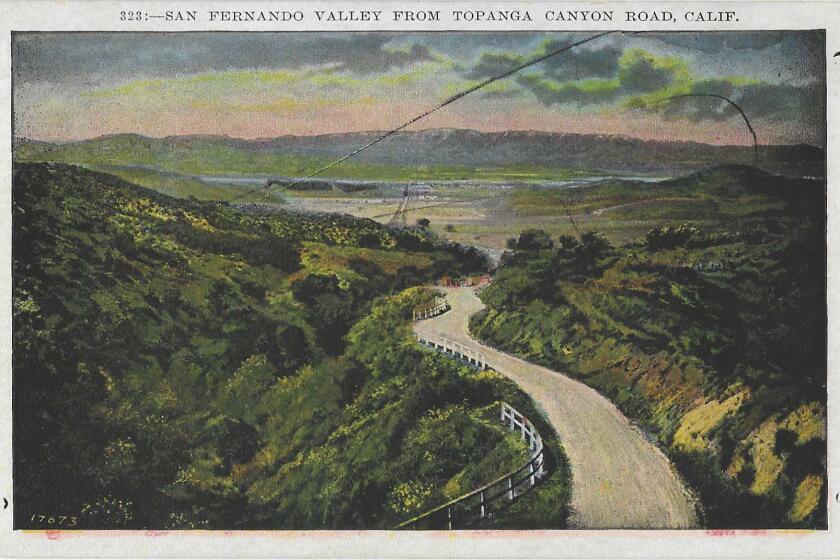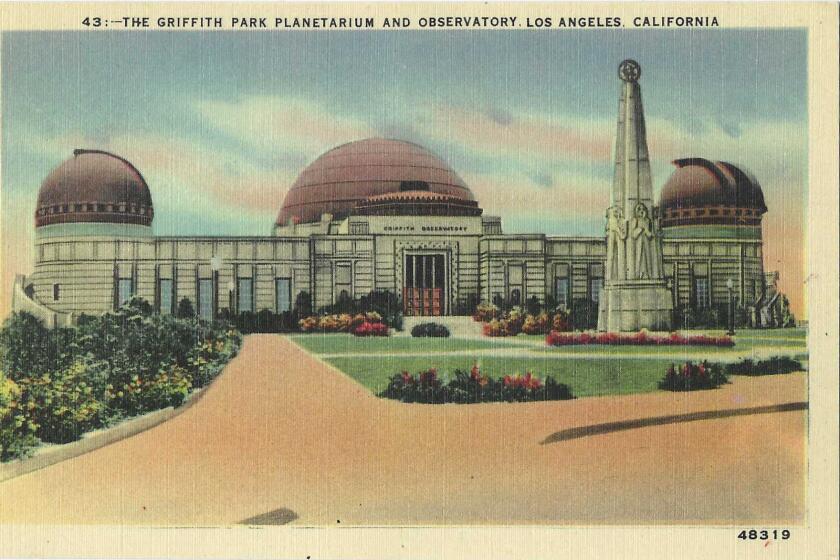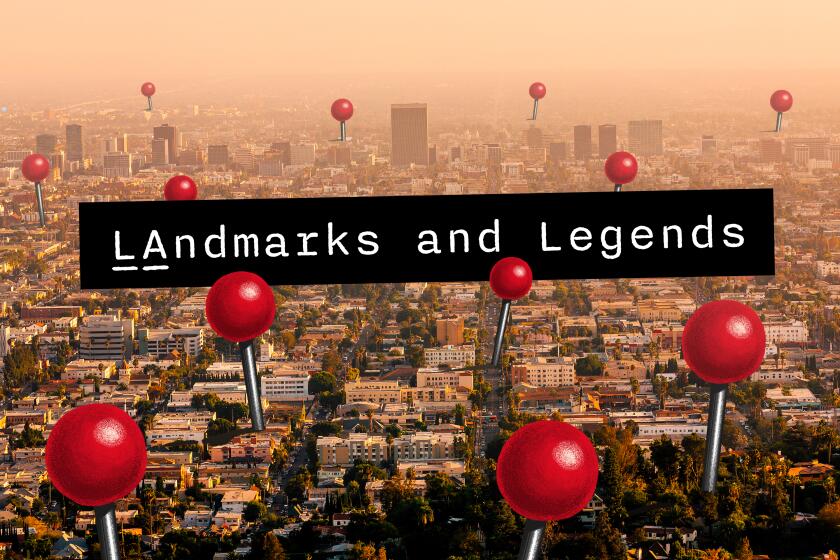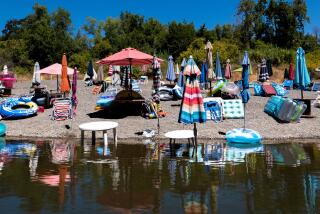Actors, bandits, priests and one English bulldog: The names behind L.A. beaches
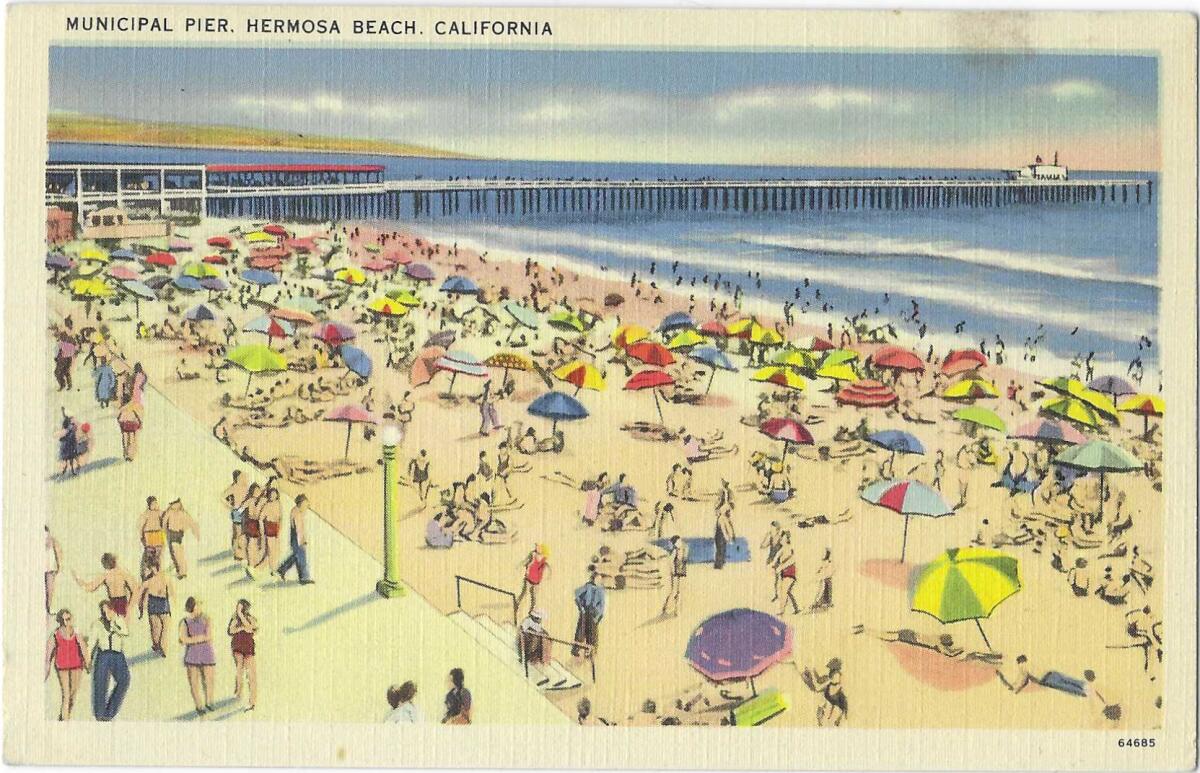
- Share via
Let the Beach Boys be your guides: Of all the surfing spots they name in the board-bouncin’ song “Surfin’ USA,” all but two are beaches in California, and four are in Los Angeles County.
It’s a good start.
Second perhaps only to the Hollywood sign, the free-association image of Los Angeles is “beach” — swimming, surfing, sunshine and skin. San Francisco has the natural harbor, but we have the beaches, those soft, wide, sybaritic beaches.
Most of the L.A. beaches are operated by the County of Los Angeles. There are other beaches belonging to the cities that share their names, like Santa Monica, Hermosa Beach, Manhattan Beach, and Malibu — and Redondo Beach, whose sands for several decades were thronged with modestly dressed visitors searching the beach for semiprecious moonstones thrown up by the surf.
The city of Los Angeles has no “Los Angeles Beach,” but its beaches are the carnival sands of Venice Beach, and Cabrillo Beach in the harbor neighborhood of San Pedro. (Venice for the Italian city of canals, on whom California’s Venice was so hopefully modeled, and Cabrillo for Juan Rodriguez Cabrillo, the first European to visit California, 480 years ago, and where he also took up eternal residence after he died on Catalina Island, a few months after sailing into the waters of San Pedro and Santa Monica.)
Curiously, Playa del Rey — the King’s Beach — is a neighborhood within the city of L.A.’s 11th Council district, between L.A. International Airport and Marina del Rey, but its beach is operated by L.A. County. Here, after World War II, the quixotic — all right, yes, and the downright weird — aviator/producer/industrialist Howard Hughes built the enormous wooden flying boat that just about everyone but Hughes called the Spruce Goose.
The state of California handed over the reins of eight beaches to the county in 1995, and we’ll get to those in a bit. Names attached themselves to beaches long before 1969, when the county created a department to run them.
For Subscribers
Who are the people behind the L.A. places you know and love?
Point Dume and Zuma Beach
Point Dume and Zuma Beach are names possibly garbled from back in time. In 1793, the British explorer George Vancouver found a generous welcome at the San Buenaventura mission, in the persons of the Franciscan padres Vicente Santa Maria and Francisco Dumetz, whom he referred to as “Vincente” and “Dume” in his account of the journey.
There being no Venmo equivalent at the time, Vancouver thanked his hosts by naming the point of land after Dumetz. (He named a San Pedro promontory Point Vicente after the other missionary). An 1870 plat map for Rancho Topanga Malibu Sequit, in the Huntington Library archives, shows the spot as “Point Zuma or Duma.”
Ten years before Vancouver’s visit, Father Junipero Serra, founder of the California mission chain, had tried to get Dumetz booted from the Buenaventura mission. In spite of the fact that the two men came from the same small island of Mallorca, they didn’t seem to get along. When Serra tried to reassign Dumetz and another priest, Dumetz wrote to the church authorities in Mexico City to complain. Serra, anticipating the griping, wrote his own letter: “… if Padre Dumetz is to remain here, I have already said that I will not be responsible for that mission or for whatever that priest feels like spending.” Serra died the next year, and Dumetz stayed in Ventura for another 15 years.
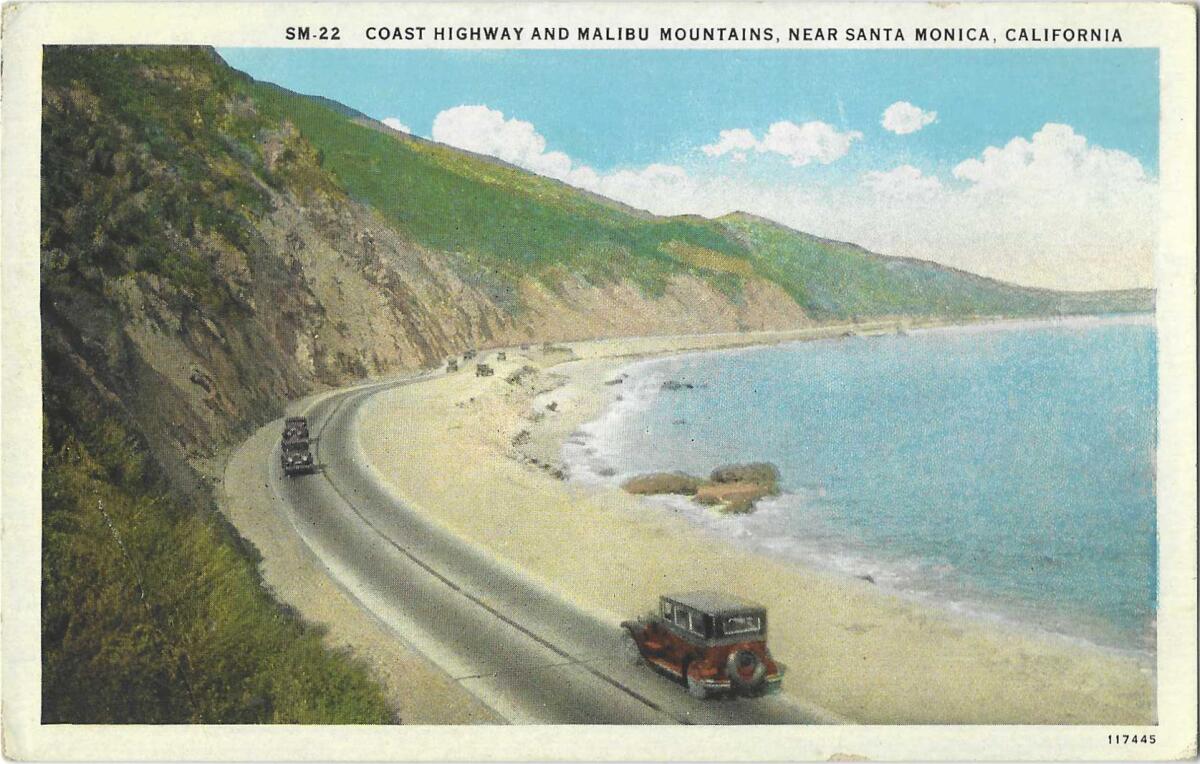
Nicholas Canyon Beach
Nicholas beach is up the road from Zuma/Duma/Zume, and a place-name of almost as long a memory, per a county lifeguard service history. It bears the name of an 1840s bandit who made a living holding up passing locals and hiding out in the canyon. When a Mexican government posse cornered him, he jumped from a cliff there and died. L.A. County used local and fed money to buy up the land about 50 years ago.
Will Rogers State Beach
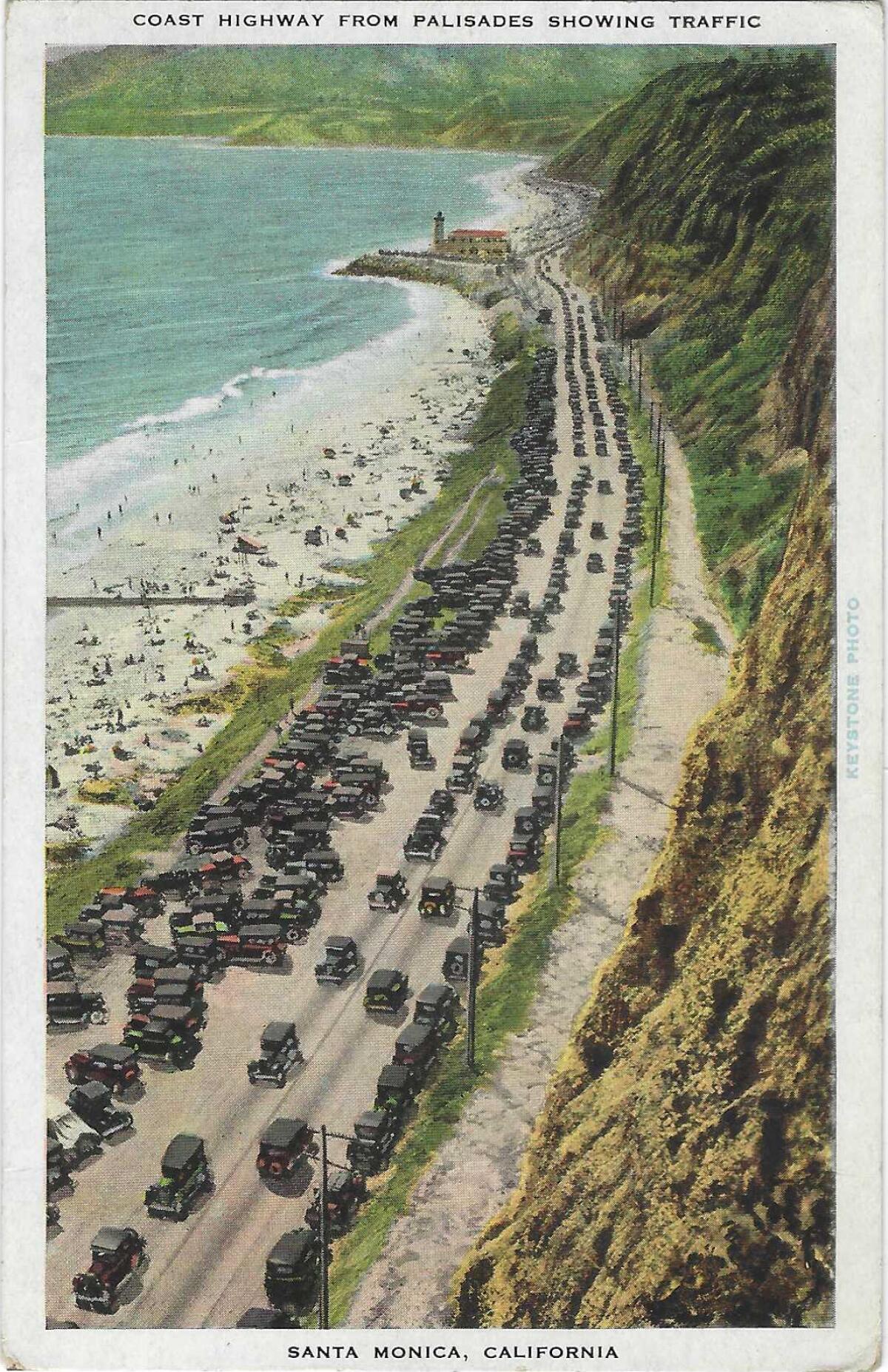
Two other real-people beach names belong to entertainment figures. Will Rogers, the down-home Oklahoma humorist and actor, whose popularity and paychecks were enormous, held the title of honorary mayor of Beverly Hills. But it was the hundreds of acres he bought along Santa Monica Bay, in Pacific Palisades, that became a state park, a gift from his family after his death in a plane crash, and a state beach run by L.A. County. The Santa Monica History Museum says the beach was, before World War II, an early gay-friendly spot that its patrons sometimes whimsically called “Ginger Rogers Beach.”
Dan Blocker Beach
Dan Blocker Beach was a gift to the state by the “Bonanza” TV series star’s fellow actors Lorne Greene and Michael Landon, in Blocker’s memory. Neither the state nor L.A. County, which took it over in 1995, did much to improve it. Then, in 2012, the city of Malibu made noises about stepping in, and finally, L.A. County hopped to it.
Leo Carrillo State Beach
Leo Carrillo and Dockweiler beaches were named in the spirit and practice of christening places after public-spirited leaders. Carrillo was an actor and a descendant of the renowned family that is among the founders of Spanish Southern California. A Carrillo was a governor of Mexican California, and Carrillos were mayors of Los Angeles and Santa Monica. Carrillo’s most renowned acting role was as the sidekick to the Cisco Kid in the 1950s show about a dashing 19th century Latino combination of the Lone Ranger and Robin Hood.
He was also a committed conservationist who served on the state beach and parks commission for nearly 20 years. He was instrumental in the state laying hold of the Anza-Borrego Desert State Park and Hearst Castle. Gov. Pat Brown once called him “Mr. California.”
Explaining L.A. With Patt Morrison
Los Angeles is a complex place. In this weekly feature, Patt Morrison is explaining how it works, its history and its culture.
Dockweiler State Beach
Isidore Dockweiler was a Los Angeles native, born in 1867 at First and Broadway in downtown L.A., a leading lawyer and Democratic politician and confidant of President Woodrow Wilson. It was Dockweiler who got the statue of Serra installed in the U.S. Capitol’s statuary hall as one of California’s two most notable figures. He sat on the state park commission, which named the beach for him after he died.
Robert H. Meyer Memorial State Beach
The Robert H. Meyer Memorial State Beach is really three cliff-and-cove pocket packs — El Matador, El Pescador, and La Piedra, the bullfighter (or killer), the fisherman, and the rock. The state bought the land in 1976 after one of Malibu’s fires destroyed the estates that treated the beaches as quasi-private. Still, neighbors’ objections kept the land locked up until 1984. Robert H. Meyer was one of that breed of vigorously effective civil servants, a popular deputy director of the state’s parks and recreation department who helped the state to acquire lands and estates that might otherwise have been built up or even paved over.
Sherman Way isn’t named for a Civil War general. Tarzana Street is named for, you guessed it, Tarzan. Read on for more San Fernando Valley street namesakes.
RAT Beach
The South Bay city of Torrance has its own beach, named for Torrance, but locals have had their own names for bits of sand: RAT Beach, a once-private beach whose rodent nickname by legend stands for “right after Torrance,” and Burnout Beach, where a private beach club burned down in 1958 — hence, burnout.
Haggerty’s beach
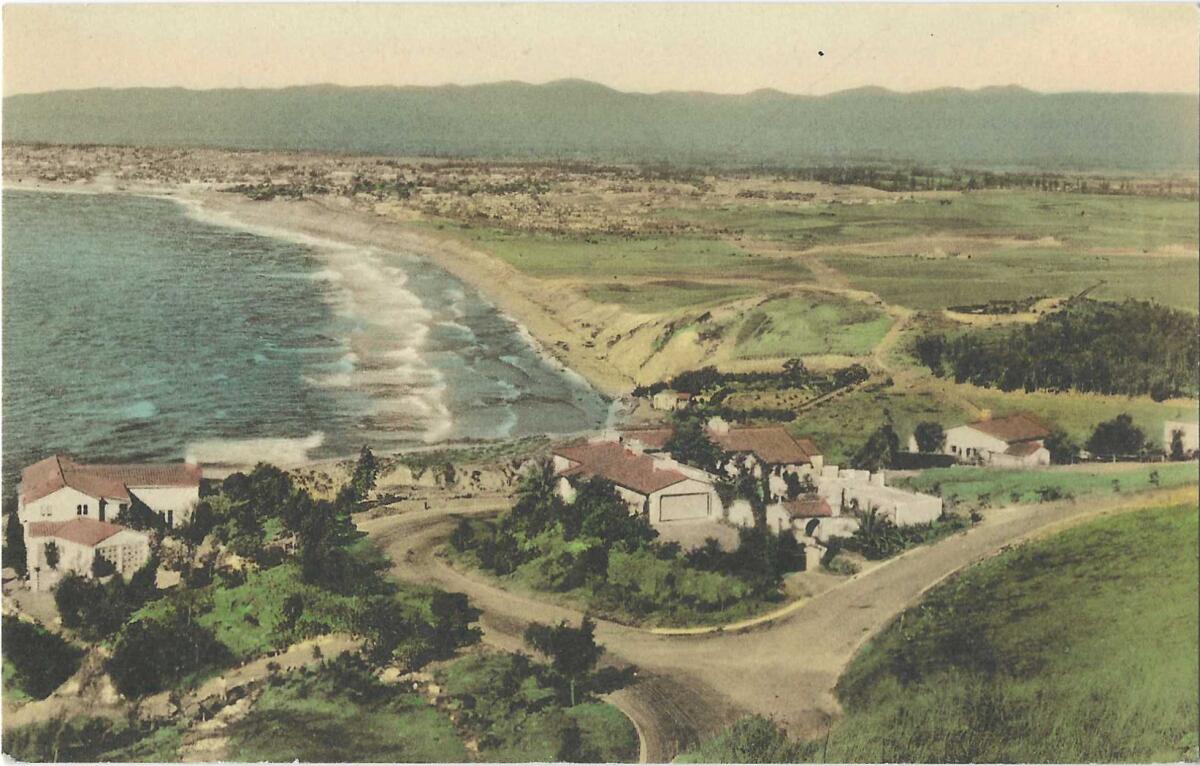
In contrast to the inviting, sweeping beaches farther north, the cliffs and bluffs and rocks of the Palos Verdes peninsula mean that beachgoers there have to work for it. The Beach Boys mention “Haggerty’s” beach, in Palos Verdes Estates. J.J. Haggarty was an English-born merchant who opened his clothing store in downtown L.A. in about 1905. The business prospered to a dozen stores, and closed in 1970. In the late 1920s, Haggarty built a 32-room summer villa on the peninsula. A church group bought the place in 1950 and has been holding services on the site ever since, but as far as the Beach Boys and locals are concerned, it remained, misspelling and all, Haggerty’s.
Rosie’s Dog Beach
In Long Beach, the county’s only off-leash dog park has a canine namesake. About 10 years after its 2001 opening, it was renamed for Rosie, an English bulldog whose family petitioned for the name change. Rosie’s Facebook page says that she “loved rides in her red flyer wagon and spending lazy days napping on her chair in the living room.”
Generals and outlaws, heroes and villains: L.A.’s parks are named for a colorful cast of characters.
Bruce’s Beach
Native Americans lived alongside the beaches for thousands of years, and Yankee newcomers found them irresistible, in a prim sort of way at first. Lena Lencek and Gideon Bosker’s book “The Beach, the History of Paradise on Earth” notes that inland L.A. families started coming to the beach at Santa Monica Canyon 150 years ago, pitching tents overnight “to justify the dusty two-day trip from downtown L.A.” In time, entrepreneurs set up bigger tents, brought in pianos for merry-making and “good, clean, cheap fun, even on Saturday nights, when the stevedores, oil drillers, and sailors wandered in from Santa Monica …”
These delights were not for everyone. Are you surprised?
A Stanford University study from 2005 concluded that “with few exceptions, Southern California’s public beaches were off limits to blacks and other people of color throughout much of the twentieth century.” Restrictive real estate covenants for beachfront property kept people of color from owning the land, and even if they worked for white property owners as servants, the covenants often dictated that “said employee shall not be permitted upon the beach part of said lands for bathing, fishing or recreational purposes.” Is it any wonder that to this day there are kids of color born and raised here who have never wet their feet in the Pacific Ocean?
“Public” beaches didn’t always turn out that way. In Santa Monica, the Inkwell, two scant blocks of beach, was for decades the only sand where Black people were allowed to congregate. A marker now commemorates its history.
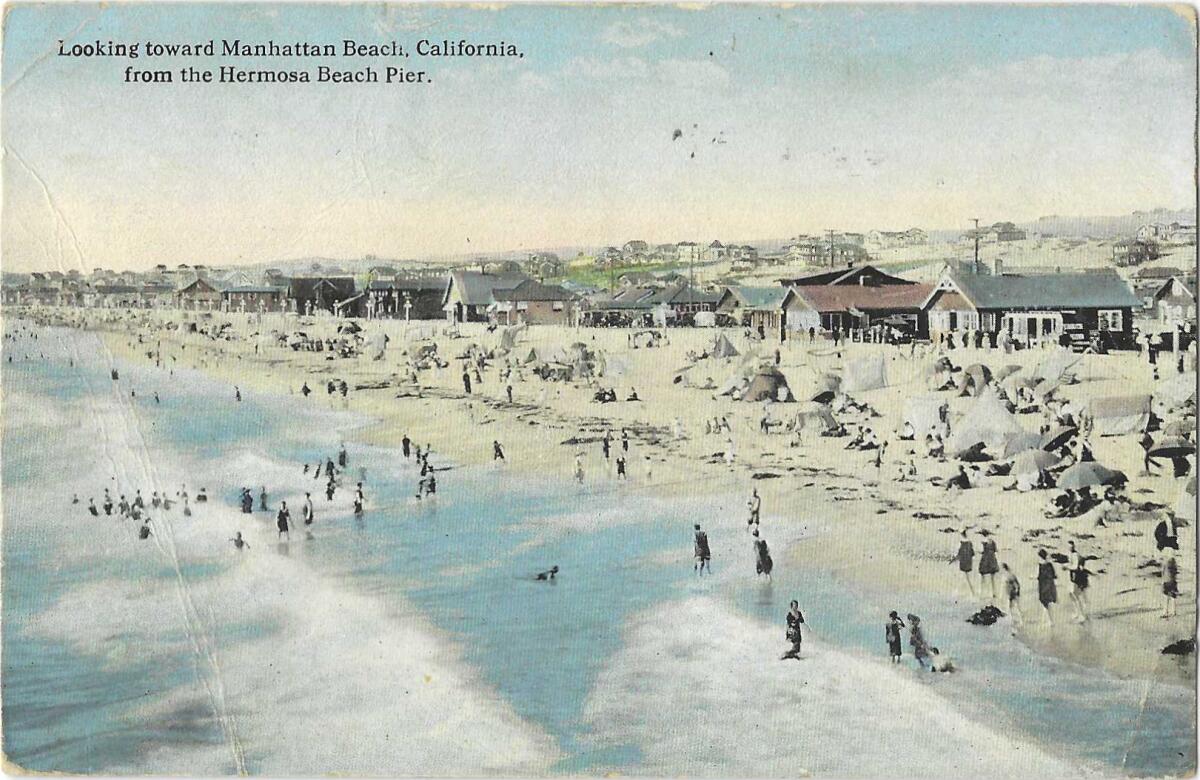
One bit of history was brought back to life last year when Gov. Gavin Newsom signed a law undoing a nearly hundred-year-old-wrong. Bruce’s Beach, in Manhattan Beach, is being returned to the descendants of the Black entrepreneurs who owned the land and ran a resort there. They were threatened and harassed, their property torched. The city raised up barriers that forced Black people to walk a long, indirect route to get there. When that didn’t dislodge the resort owners, their property and several others belonging to both white and Black residents was taken by eminent domain for a park that was never built.
(Down the coast, in Newport Beach, a city councilman went on the record with the Daily Pilot newspaper in 2003 that the reason he was against putting more grass at Corona del Mar state beach was because “with grass, we usually get Mexicans coming in there early in the morning, and they claim it as theirs, and it becomes their personal, private grounds all day.” His comments, he would say later, had been taken out of context, and he added this invitation: “Why don’t you go down there and take a survey and see what fraction of the people on the weekends are from where? You’re going to see a predominance of people that don’t live in the area.” Evidently lost on him was the part about it being a state beach.)
The Times has assiduously documented how some owners of bazillion-dollar Malibu beachhouses have used threatening and fake signs, illegally locked gates across public paths, and aggressive private security forces to keep the public from using public routes to get to the public beaches in front of their houses. Keeping up with it is a whack-a-mole chore, and the state Coastal Commission released a phone app (and website) to help beachgoers find even deliberately blocked or hidden paths and beaches.
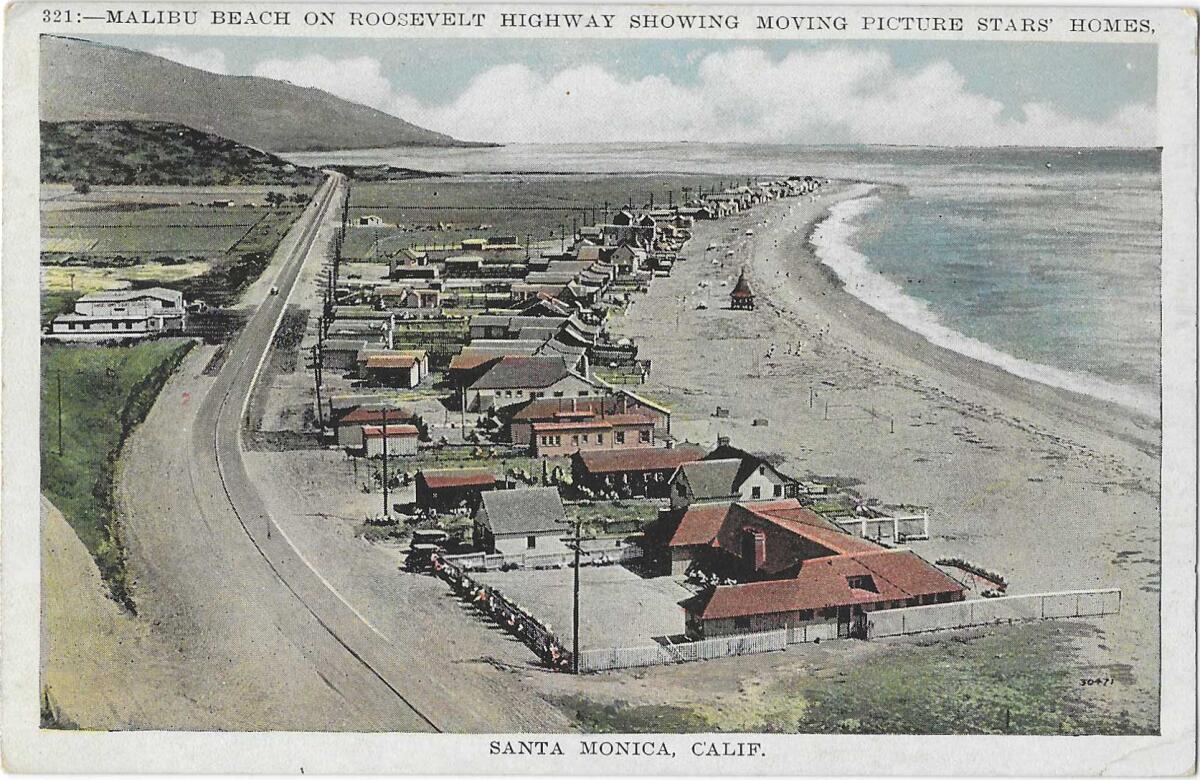
Why there is no Rindge beach
There are two big names you will not find on L.A. beaches.
One of them is Rindge. The Rindge family came west and, in 1892, bought many square miles of rancho lands that encompassed most of Malibu, about 20 miles of coastline and some of the most enchantingly beautiful terrain on the face of the earth.
In the spirit of some present-day Malibuites (Malibuans?) the Rindges too refused to allow settlers or even beachgoers access to their lands, even though Frederick Rindge himself had development plans that came to nothing by the time he died in 1905. His widow, May, waged 20 years of dug-in warfare against the government, Southern Pacific and anyone else who tried to get at her family’s land. It’s a story engrossingly described in David K. Randall’s book “The King and Queen of Malibu.”
Back and forth, in and out of court it went, until at last, in 1923, the government won its eminent domain public interest fight when the Supreme Court found that “public uses are not limited, in the modern view, to matters of mere business necessity and ordinary convenience, but may extend to matters of public health, recreation and enjoyment.” She’d asked for $9 million to compensate her for the taking; she got about $107,000. A Times letter writer in 1979 suggested that Malibu’s many and paralyzing mudslides along the government’s highway, PCH, are May Rindge’s revenge.
So, no Rindge Beach.
There is also no beach named for one of the most regular events in seaside L.A.: whether from bird poop or human waste, the presence of dangerous levels of bacteria routinely generates water warnings and even closures. So somewhere, on so many days, some sandy place or another should be designated that day’s Bacteria Beach.
Who is Griffith Park named for? What about Vasquez Rocks? The Broad? Mt. Baldy? Here are the namesakes of L.A.’s best-known landmarks.
More to Read
Sign up for Essential California
The most important California stories and recommendations in your inbox every morning.
You may occasionally receive promotional content from the Los Angeles Times.


